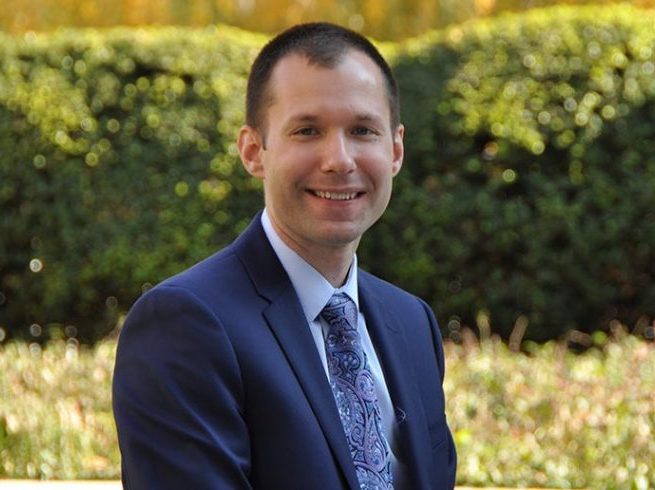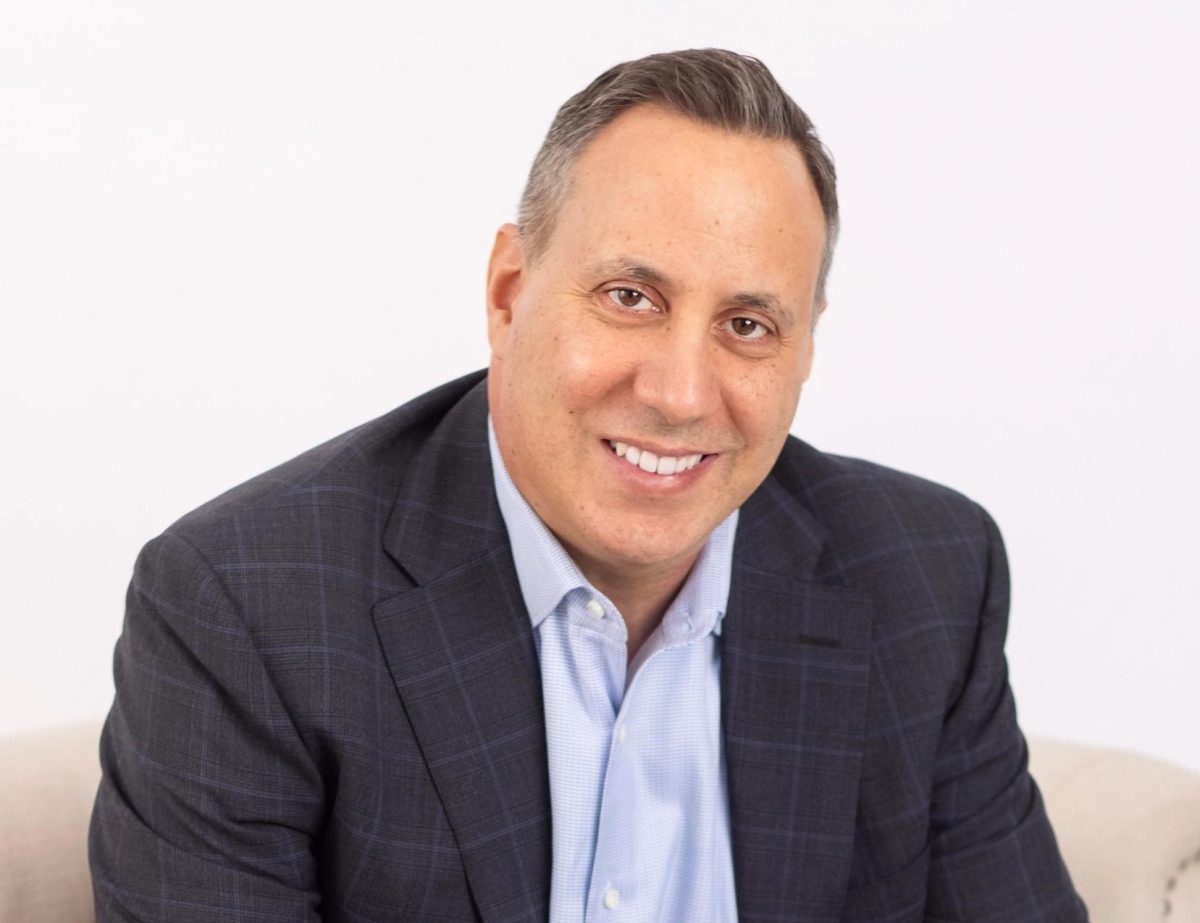By Laura Sanicola, Joe Vitale and Erin Shanahan
As outrage surrounding racial prejudice and insensitivity gains traction on campuses nationwide, incidents closer to home are also sparking widespread anger from students. This past week, Fordham Universtiy witnessed its third and fourth racial bias incidents of the semester
First, two symbols of hatred — a swastika and white supremacist reference — were found on Wednesday, Nov. 11, in a bathroom at Fordham’s Lincoln Center campus, warranting an investigation by the Office of Public Safety and notification of the NYPD.
The second incident occurred the night of Friday, Nov. 13, when two Fordham students living off campus reported hearing loud, repeated racist language and chants from a party in the apartment above them, also occupied by Fordham students. The students reported it to Public Safety and the NYPD was brought in, according to a university-wide email sent from Rev. Joseph M. McShane, S.J., president of the university, on Nov. 17. McShane said that the students in question will face university disciplinary proceedings.
Alexandra Leen, FCRH ’16, one of the off-campus residents who heard the incident, was shocked at what she heard and the context in which she heard it. “In the wake of the tragedy in Paris and the events at the University of Missouri, my roommates and I came home to our upstairs neighbors chanting repeatedly, ‘white power, white power’ and belligerently shouting racial slurs,” Leen wrote on Facebook. She identified the alleged perpetrators as Fordham athletes.
Note: The following video was sent to The Fordham Ram by MaryGrace Menner, FCRH’16, who lives in Leen’s building on Hoffman. It contains racist language and an expletive.
[wpvideo POVu31QY]
For Leen, this was an attack on her beloved home.
“I love the Bronx, it has been my home for the three best years of my life,” she wrote. “But it is not mine, nor does it belong to my racist neighbors.”
Director of Public Safety John Carroll said that the NYPD will make the ultimate determination about how this incident will be identified. “Just because some idiot screams something out their window, it may not be determined to be bias by the police,” Carroll said. “but It’s not my call. It’s the NYPD’s call.”
However, Carroll said this does not undermine the severity of how this situation is treated by the university.
“Fordham University takes anything, any type of this horrendous, racist action seriously,” he said. “Every time [there has been a possible bias incident], we’ve called in the NYPD. We definitely don’t do that for everything.”
In his most recent email, McShane addressed the two bias incidents as well as allegations made by a Fordham student against FUEMS and Public Safety earlier this week and the university’s role in handling these investigations.
“I have heard and continue to hear your concerns and frank critiques of University culture and our response to incidents of bias and sexual assault (among others),” McShane said. “If the processes we must follow sometimes seem cumbersome or too slow, they may be, but do not mistake that for indifference. Everyone here wants to get it right.”
In response to the discovery of the swastika and white supremacist speech at Lincoln Center, McShane sent a Nov. 12 email stating that students who act “out their rage and entitlement…never fail to shock and disappoint” him.
Calling the actions “a kind of terrorism” he explained to the Fordham community: “The most hopeful explanation would be that the person who committed this act…has a profoundly limited understanding of what they have done.”
The symbols have already been removed from the bathroom dispenser on which it was found, according to McShane’s email.
The NYPD is still investigating the incident, but declared the swastika, which had been drawn on the inside of a bathroom stall in Lowestein Hall at Lincoln Center, as graffiti.
McShane expressed empathy and understanding in his email to the student body. “I cannot convey to you how disappointing such incidents are, not least because I understand the lasting hurt they cause,” Nov. 17 email. “I make no apologies for racism, misogyny, homophobia, nor indeed any kind of bigotry nor act that devalues another person or group.”
These incidents come amid protests at other campuses across the country, most notably at the University of Missouri, where two university officials said they would step down after students said racial incidents on campus were not receiving adequate responses. Last week, Claremont McKenna College’s dean of students resigned Thursday amid protests over racial tensions on the campus. Protests were also staged at other colleges and universities, including Ithaca College, Smith College, the University of Kansas and Yale University.
The recent incidents follow a semester of racial bias and hate crimes at Fordham. There have been two prior bias incidents since the beginning of this academic year, both of which took place in a freshman residence hall on the Rose Hill campus. The first took place in mid-September when an African-American student notified a resident assistant that a racial slur had been scratched into the door of his room.
The NYPD and the Department of Public Safety both responded, according to a university-wide email. NYPD’s Hate Crimes Task Force assigned detectives to follow up any leads in the case and have been seen in the building by students. “It goes without saying that such behavior is antithetical to the values of Jesuit education,” Public Safety said in an email after first incident, which occurred on Sept. 13. “Such slurs injure not only their intended targets, but the entire Fordham community.”
The second incident occurred a week later when a student found “a crude, backwards swastika approximately two inches across” scratched into a stairwell wall in the same residence hall.
Adminstrators were notified, as were Public Safety and the NYPD, and the vandalism was classified as a “suspected bias crime.” An update to all students that same day reported that the NYPD Hate Crimes Task Force deemed the vandalism “to be a non-bias criminal mischief case, pending any new information.”
United Student Government at Lincoln Center (USGLC) created an ad-hoc committee following the discovery of the swastika and the white supremacy speech. It will have “the purpose of combating these issues and finding tenable solutions,” according to a statement released on Friday, Nov. 13.
The committee will be open to various club leaders and members of the Fordham Lincoln Center committee, according to executive president Leighton Magoon, FCLC ’17.
“The point is to find a concrete solution,” Magoon said. “And not for just USG [to be] involved.”
Students learned of the incident at Lincoln Center from an email from McShane, sent a university-wide email alerting the university of the removal of a swastika and white supremacist speech from a Lowenstein bathroom, Magoon reported from Lincoln Center. McShane referred to the incident as a “kind of terrorism” in his email.
“People are angry, but they should be angry,” Magoon said. “This is an incident that should never occur at any campus…we need to take a look at our curriculum and what is being taught at schools and who is being represented and why it is it that we have a culture that people on campus hear about that and think it’s just a joke and it’s not in fact a joke.”
Magoon called the entire Fordham student body to evaluate their role in Fordham’s race relations.
Students also protested in a “blackout” protest held on Friday, Nov. 13 just outside of the Lowenstein Center where the hateful image and reference were found.
The protest, organized by students Sinclair Spratley and Lexi McMenamin, both FCLC ’17, allowed students gathered to discuss the difficulties of attending a predominantly white university.
The two reported that they derived inspiration for the event from similar protests at schools such as University of Missouri and Yale held about racial incidents. It was attended by over 50 students and almost every college dean in the university.






































































































































































































